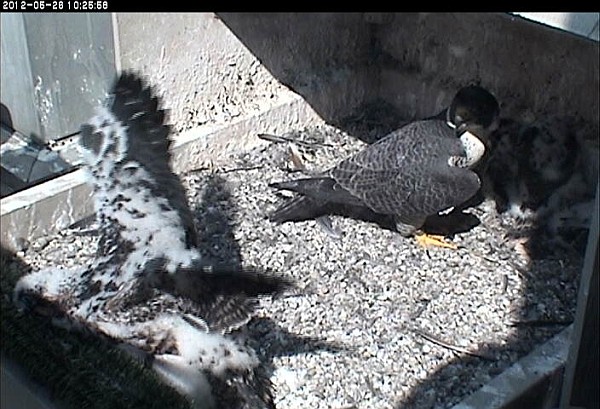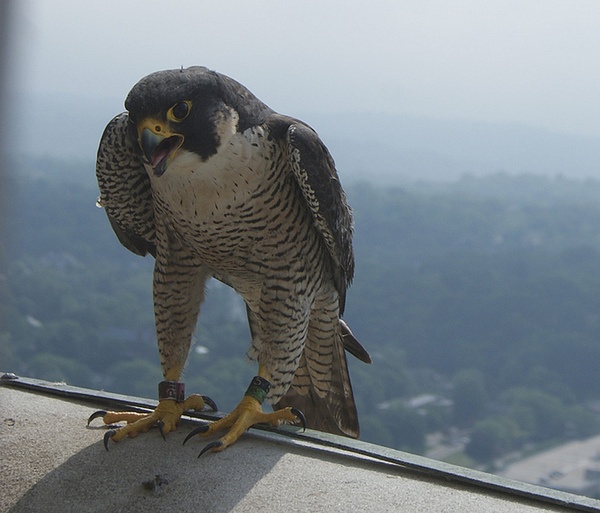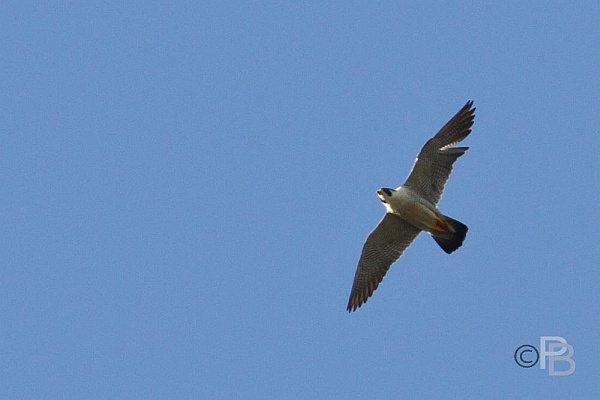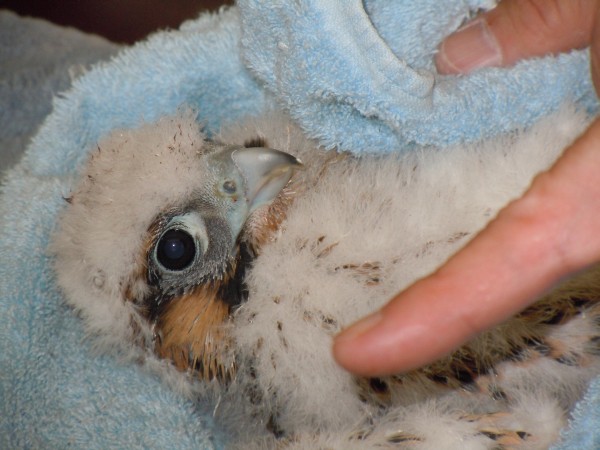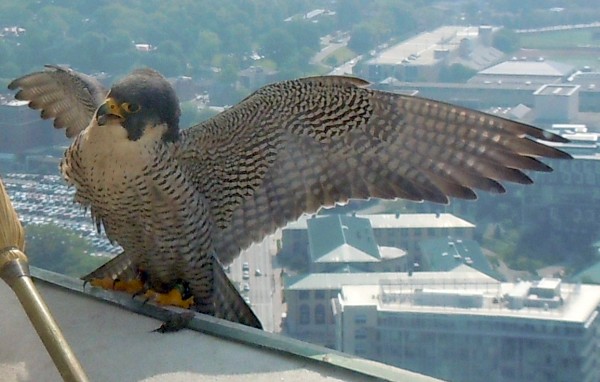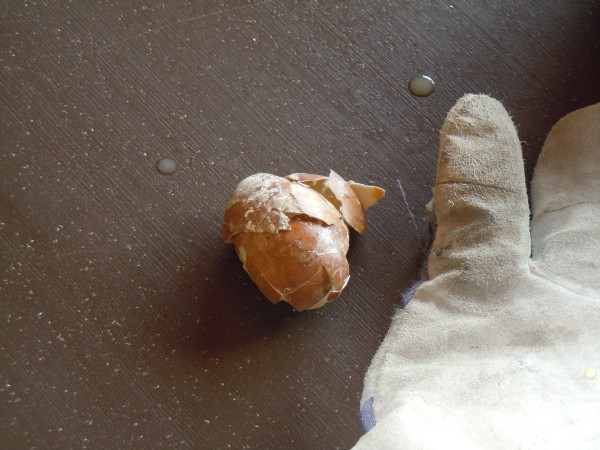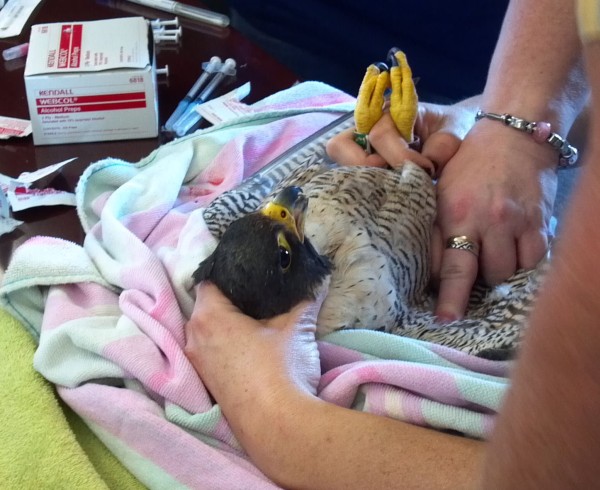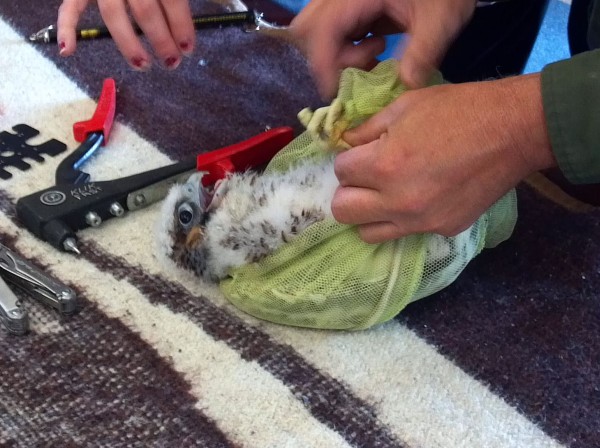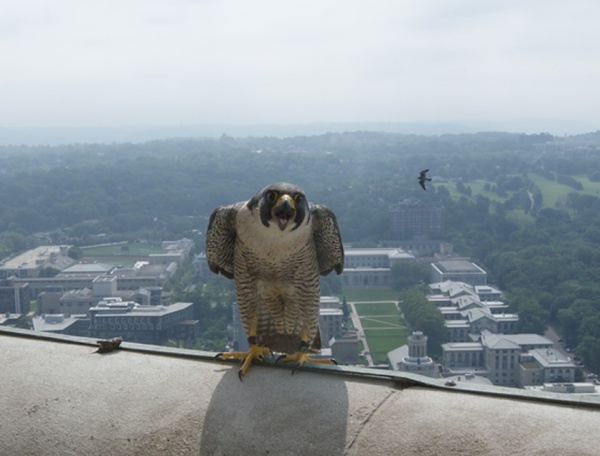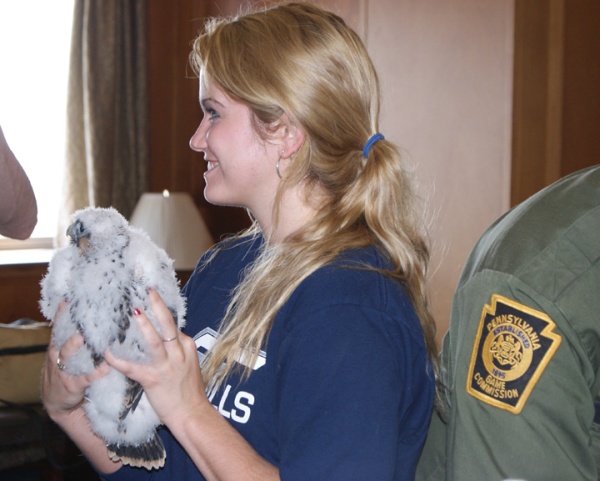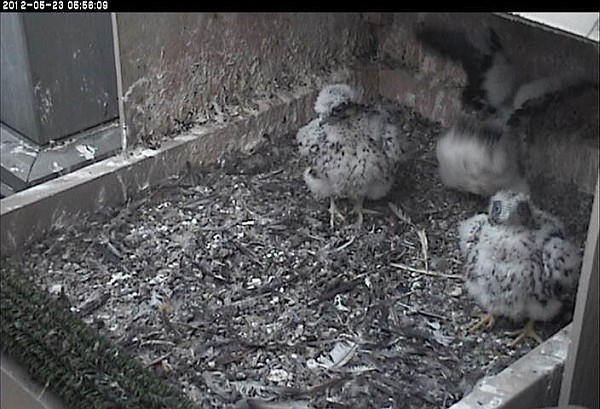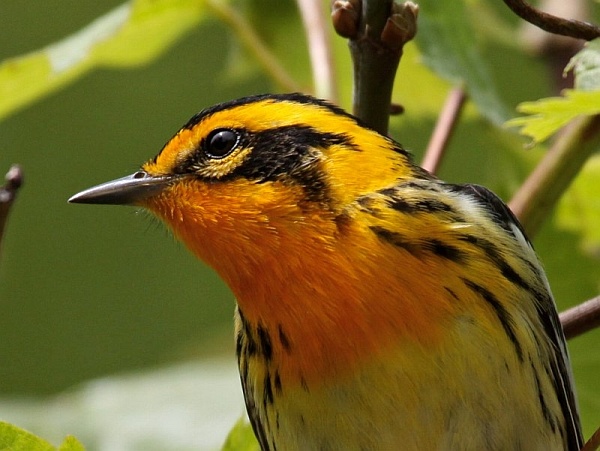
A couple of months ago I borrowed a camera and tried taking photos of flowers. Occasionally a bird would come close and I’d snap its picture too.
You will never see those pictures. Good bird photography requires better equipment than I had borrowed and I found out it’s very hard to do.
In the old days — in the mid-2000s — far fewer people photographed birds. I know this because I was just starting to blog and it was hard to find pictures. Thankfully, Chuck Tague helped me out with his beautiful photos of birds and nature.
In 2007 it was a big commitment to own a good digital camera but technology has improved. It’s so inexpensive now that my cellphone has the same pixel count as a good camera back then. But my cellphone is not a good camera. It doesn’t have the optical quality required for sharp pictures.(*)
Even so, I love pixels.
Pixels are the tiny dots that make up a digital photograph. When there are a lot of them they’re densely packed so you can zoom the photo on camera or computer and still see a sharp image (if the image was sharp to begin with). As you zoom, the pixels move away from each other but there are so many of them that you don’t lose much quality.
With a zoom lens, a great camera, and good light it’s possible to take a photo like this one (by Chuck Tague) that shows the bristle feathers around a Blackburnian warbler’s bill.
But you need more than good equipment to get this result. You need skill.
Thank you to all the skilled photographers who let me use their photos!
(*) My 2019 cellphone is better than my 2014 camera. I stopped carrying my camera. Oh my! But I still don’t take pictures of birds.
(photo by Chuck Tague)


